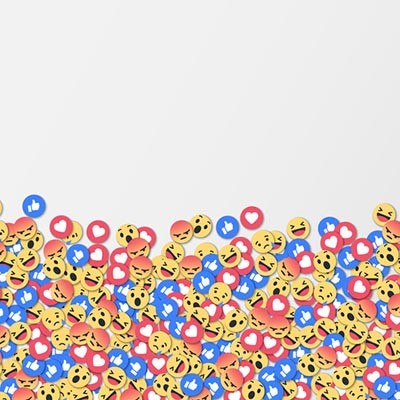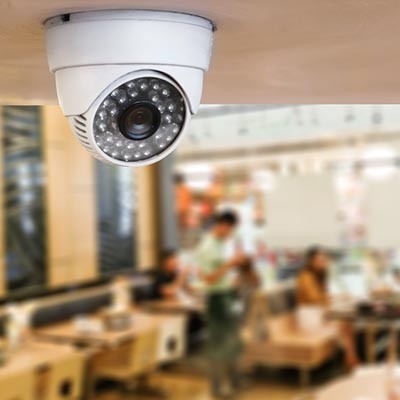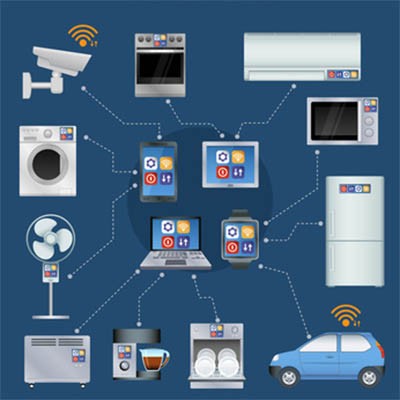Social media plays an increasing role in both the professional and personal sides of our lives. Unfortunately, this means that we all experience an increase in exposure to the many scam attempts that will appear on our screens. Like any kind of scam, the best defense against those that appear on social media is good, old-fashioned awareness and vigilance.
BNMC Blog
For the modern business a lot of time is spent focusing on network security. The theory behind this action is that there are all types of threats that could be trying to get into your computer network. At a college, you’d expect that, since so much sensitive data, including personal, medical, and financial information--as well as intellectual property--is stored on college computers/servers, that the diligence of IT administrators would be even more conspicuous.
Social media has brought about a massive shift in the way people interact. Today we share our opinions, photos, and videos; and, we can even choose our dates by swiping right or left. With social media, people share moments, opinions, and other information, but is all this sharing actually setting people, and the organizations they interact with, up for failure? We’ll take a look at social media privacy concerns and potentially hazardous practices that could exacerbate the problems further.
With Microsoft betting on Windows 10 to be their #1 OS for the foreseeable future, it is important for them to be able to sufficiently protect their users from the growing threats looking to make life difficult for businesses from all over the world. Today, we will take a look at Windows 10 Enterprise Security, and how it works to protect businesses from harm.
There is no denying that social media is one of the most powerful communication tools of our time, especially for businesses trying to communicate with their clients and customers. However, while you will want to have an account for your business on social media, you might not want a presence of your own. Today, we’ll discuss this quandary, and how you can resolve it.
Movies and television shows are a big part of our culture. When hackers are portrayed on the silver (or small) screen, there are some major dramatic elements added to their performances to keep the audience from dismissing key pieces of plot. Today, we will look at hacker portrayals, and what Hollywood gets right, and what it gets completely wrong.
Of all industries, retail has probably escaped the dependence on technology that many others have developed over the years for the longest span of time. However, it has become clear that there are many ways that IT solutions can assist the retail sector that just weren’t present in the past. However, this shift is proving challenging for many of this industry’s leaders.
Data security isn’t the easiest thing in the world to plan for, especially if your organization doesn’t have any dedicated security professionals on-hand. While protecting your data with traditional methods, like passwords, firewalls, and antivirus, is important, what measures are you taking to make sure a thief or hacker isn’t just walking into your office and making off with your technology?
When you think about your data security, what kind of solutions pop into mind? If you’re like many, you probably start thinking about passwords, firewalls, and antivirus, right? While these are all good things to have, you also have to consider the possibility that someone could break into your office and bypass all of these defenses, simply by picking up your server and walking out.
If you use a computer today, there’s a fair chance that you have a Google account. The practicality that if offers with its comprehensive service offerings simply can’t be ignored. However, it is also important that a user’s, whether they utilize it for business or personal use, security isn’t ignored either.
By now everyone knows about ransomware, the dastardly strand of malware that encrypts data (or the drives it’s stored on) and sends the user a message demanding payment in a certain amount of time before the data is deleted forever. To add a little more menace to an already stressful situation, the message includes a countdown clock. If it sounds like a bad situation, rest assured it is. How could it get worse you ask? Simple, make it more difficult to stop.
Windows 10 might be one of the best Microsoft operating systems to come out in a while, but their latest policy regarding major Windows 10 updates is causing quite a stir in the technology industry. Specifically, the large update coming up this October could potentially cause major problems for your organization.
Artificial intelligence has been making waves in the world of cybersecurity, as machine learning could potentially make the solutions we have today smarter and better at their intended jobs. However, artificial intelligence has also appeared on the other side of cybersecurity, as cybercriminals have begun to leverage A.I. as well.
Authentication isn’t an unfamiliar aspect in everyday life. Driver’s licenses, library cards, and PIN numbers are all forms of identity authentication. However, as computers have become a cornerstone of everyday life, the most commonly-used way to confirm one’s identity has almost assuredly become the username/password login combination. Today, we’ll take a deeper dive into what authentication is.
Each day tens of thousands of people from all over the world are hacked. Not just sent run-of-the-mill phishing emails, but legitimately hacked. This has made the cybersecurity industry grow at a rate only surpassed by the Internet of Things (which ironically may be one of the largest threats to cybersecurity in the world). We thought it would be good to go over some of the largest cybercrimes of the first half of 2018, and some telling statistics that will give you an idea of what exactly you are up against.






















